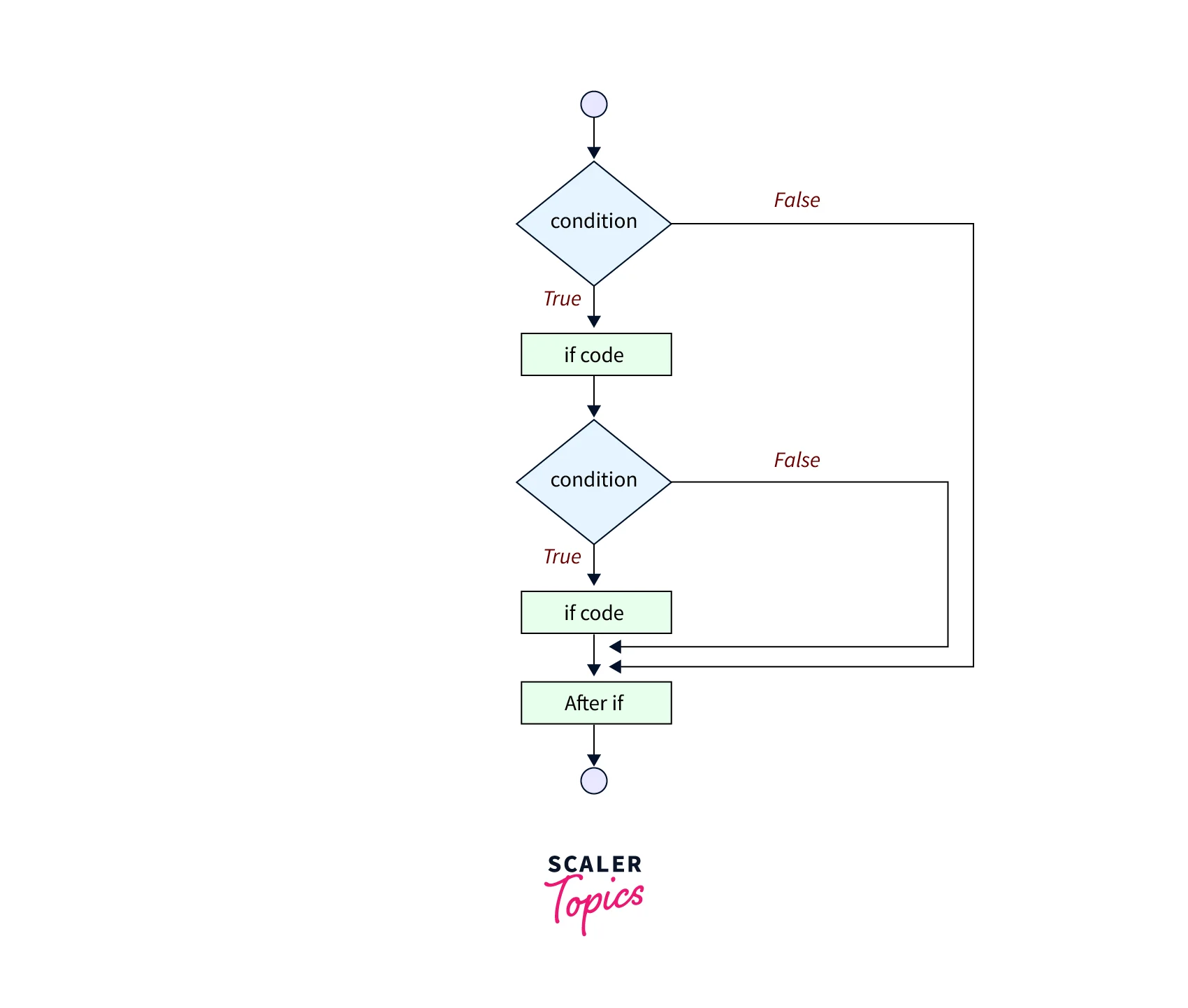PHP If Else
Overview
If else in PHP are a type of conditional statement that allows developers to execute different blocks of code based on whether a specified condition is true or false. The basic syntax of an if-else statement consists of the keyword "if", followed by the condition in parentheses, and the block of code to be executed if the condition is true. If the condition is false, an optional block of code can be executed using the keyword "else".
Introduction
If else in PHP is a fundamental control structure that allows developers to make decisions based on the value of a condition. This type of statement allows you to execute one block of code if the condition is true, and another block of code if the condition is false. It is a powerful tool for writing code that can adapt to different scenarios based on specific conditions.
The syntax for an if else in PHP is simple. You begin by writing the keyword "if", followed by the condition in parentheses. Then, you write the block of code to be executed if the condition is true, enclosed within curly braces. Optionally, you can include an "else" statement, followed by another block of code to be executed if the condition is false.
PHP If Statement
The if else in PHP is a conditional control structure that allows you to execute a code block only if a certain condition is met. The syntax of the If statement is as follows:
Syntax:
Explanation
In the above syntax, the condition is evaluated first, and if it is true, the code block inside the braces is executed. If the condition is false, the code block is skipped, and execution moves on to the next statement.
Here is an example of the If statement in PHP:
Example:
Explanation
In this example, the If statement checks whether the variable $x is greater than 5. If the condition is true, the code block inside the braces is executed, and the output "x is greater than 5" is displayed.
PHP If-else Statement
If else in PHP is a control structure used in programming to make decisions based on the evaluation of a condition. It allows the execution of a certain block of code if a condition is true and a different block of code if the condition is false.
Syntax:
The basic syntax of the if-else statement in PHP is as follows:
Explanation
In this syntax, condition is a boolean expression that evaluates to either true or false. If the condition is true, the code inside the first block is executed. If the condition is false, the code inside the second block is executed.
Example:
Explanation
In this example, the if else in php checks if the $age variable is greater than or equal to 18. If it is true, the message "You are eligible to vote" is printed, and if it is false, the message "You are not eligible to vote" is printed.
Flowchart:
- Evaluate the condition
- If the condition is true, execute the code inside the **"If True" **block
- If the condition is false, execute the code inside the "If False" block
- End of the if-else statement.
PHP If-else-if Statement
The if-else-if statement in PHP is used to execute different blocks of code based on multiple conditions.
Syntax:
Example:
Output
Explanation
In this example, the variable $age is assigned the value of 25. The if-else-if statement checks the value of $age against a series of conditions using the logical operators <, >=, and &&.
Flowchart
The flowchart starts with evaluating the first condition specified in the if-else-if statement. If the first condition is true, the corresponding code block is executed, and the program exits the if-else-if statement. If the first condition is false, the second condition is evaluated. If the second condition is true, the corresponding code block is executed, and the program exits the if-else-if statement.
PHP Nested If Statement
Syntax:
Example:
Output
Explanation
In this example, we have two variables: $age and $gender. We use the if statement to check if $age is greater than or equal to 18. If it is, we print the message "You are an adult." and then use a nested if statement to check the value of $gender. If $gender is "male", we print the message "You are a male adult." If it is not "male", we assume that the person is female and print the message "You are a female adult."
Flowchart
The flowchart shows the logical flow of the nested if statement. It starts with initializing the variables $age and $gender. Then, it checks if $age is greater than or equal to 18. If it is, it prints the message "You are an adult." and proceeds to check the value of $gender. If $gender is "male", it prints the message "You are a male adult." If $gender is not "male", it assumes that the person is female and prints the message "You are a female adult." If $age is less than 18, it prints the message "You are a minor." Finally, the program ends.

Conclusion
- If-else statements are a fundamental concept in programming that allows developers to create conditional logic in their code.
- In PHP, if-else statements are used to execute different blocks of code depending on whether a specified condition is true or false.
- The syntax for an if-else statement in PHP is straightforward and follows a similar structure to other programming languages.
- By using logical operators, such as AND, OR, and NOT, developers can create more complex conditions for their if-else statements.
- If-else statements are often used in conjunction with other programming concepts, such as loops and functions, to create more sophisticated programs.
